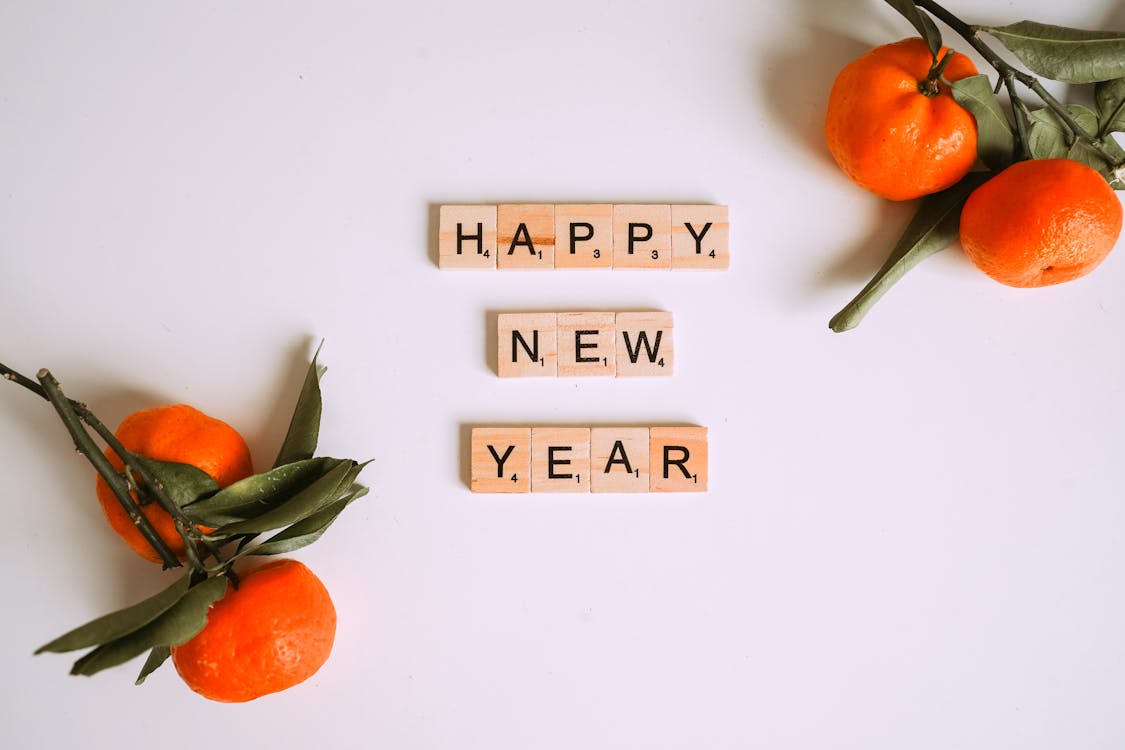🍊Korean Level 4, Activity 3: 한국의 설날/ Korean New Year

Description:
Students will learn what expressions and phrases are used when they want to make a guess. Then, they will discuss the Korean New Year’s, including what they do, eat, and wear. Students will also compare and contrast different New Year’s traditions among different cultures.
Semantic Topics:
guess(추측), emotion(감정), New Year’s(새해), traditions(전통), Lunar calendar(음력), holiday(공휴일)
World-Readiness Standards:
- Standard 1.1 Students engage in conversations, provide and obtain information, express feelings and emotions, and exchange opinions.
- Standard 1.2: Students understand and interpret written and spoken Korean on a variety of topics.
- Standard 2.1 Students demonstrate an understanding of the relationship between the practices and perspectives of Korean culture.
- Standard 2.2: Students demonstrate an understanding of the relationship between the products and perspectives of Korean culture.
- Standard 4.2 Students demonstrate understanding of the concept of culture through comparisons of Korean culture and their own.
Idaho Content Standards for World Languages:
- COMM 1.1 Interact and negotiate meaning (spoken, signed, written conversation) to share information, reactions, feelings, and opinions.
- COMM 2.1 Understand, interpret, and analyze what is heard, read, or viewed on a variety of topics.
- CLTR 1.1: Analyze the cultural practices/patterns of behavior accepted as the societal norm in the target culture.
- CLTR 1.2: Explain the relationship between cultural practices/behaviors and the perspectives that represent the target culture’s view of the world.
- COMP 2.1 Identify, describe and compare/contrast products and their use in the target culture with the learner’s culture.
NCSSFL-ACTFL Can-Do Statements:
- I can follow a conversation that friends are having about what they are wearing for an occasion.
- I can understand why we eat certain foods or follow certain traditions for the New Year’s celebration.
- I can understand how Koreans celebrate New Years’s and compare it to my family’s tradition.
Materials Needed:
Warm-Up:
Begin by introducing the Can-Dos for today’s activity.
오늘의 학습목표를 소개하는 것으로 수업을 시작하세요.
1. Place Emotion Cards faced down on the table.
테이블 위에 감정 카드를 엎어놓으세요.
Students will pick out Emotion Card. Based on the card, students will try to act the word out.
학생들은 감정 카드를 뽑고 카드의 단어를 연기하세요.
2. Other students will try to guess what they are feeling through their actions.
다른 학생들은 그 연기를 보고 어떤 감정인지 맞추세요.
3. Through this activity, students will practice using the “~같아요” expression, which translates into “it seems like…”.
이 활동을 통해 학생들은 “it seems like”라는 뜻의 “~같아요”라는 표현을 연습할 수 있습니다.
- I think the person is happy.
- 기쁜 것 같아요.
- I think the person is sad.
- 슬픈 것 같아요.
Main Activity:
1. Open up Google Slides.
구글 슬라이드를 여세요.
2. Students will discuss the Korean New Year’s. During this lab, they will practice expressions used when one is unsure about information.
한국의 새해에 대해 이야기해 봅시다. 랩을 하는 동안 확신할 수 없을 때 쓰는 표현을 연습할 수 있습니다.
3. Ask students when the Korean New Year’s is and why it is different than the American New Year’s.
학생들에게 한국의 새해가 언제인지 묻고, 왜 한국의 새해는 미국의 새해와 다른지 물어보세요.
4. Students will state their guesses.
학생들은 자신의 추측을 말합니다.
5. Students will also make guesses on what people do, eat, and wear on the Korean New Year’s.
학생들은 한국의 새해에 무엇을 하고, 먹고, 입는지 추측합니다.
- I think they will wear Hanbok on New Year’s.
- 설날에는 한복을 입을 것 같아요.
- I think they will eat rice cake soup on New Year’s.
- 설날에 떡국을 먹을 것 같아요.
5. After discussing the Korean New Year’s, talk about if any other students have special events or traditions in their family or culture on New Year’s Day.
한국의 새해에 대해 이야기한 다음, 새해에 자신의 가족이나 문화만의 특별한 행사나 전통이 있는지 이야기해 봅시다.
Wrap-Up:
Ask the following question to finish the lab(이 랩으로 질문을 마무리하세요):
- What other holidays are there in Korea and in America?
- 미국과 한국에는 어떤 다른 공휴일이 있나요?
End of Activity:
- Read Can-Do statements once more and have students evaluate their confidence.
- (Use thumbs up/thumbs down or download our student cards.)
- Encourage students to be honest in their self-evaluation.
- Pay attention, and try to use feedback for future labs
NCSSFL-ACTFL Can-Do Statements:
- I can follow a conversation that friends are having about what they are wearing for an occasion.
- I can understand why we eat certain foods or follow certain traditions for the New Year’s celebration.
- I can understand how Koreans celebrate New Years’s and compare it to my family’s tradition.

